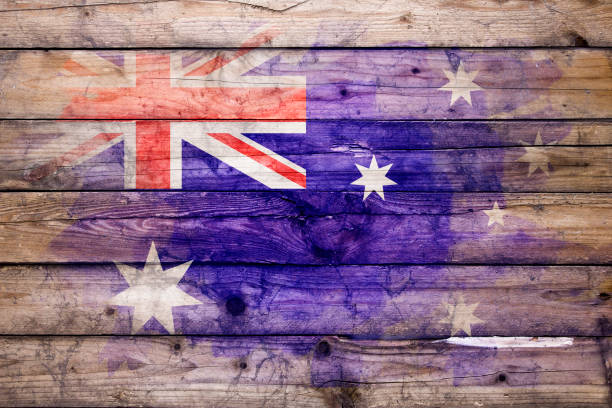It’s not often a Senate Enquiry comes with a language warning, yet that’s what happened, this week, when the respective CEO’s of Woolies and Coles fronted ‘spin-weary’ Senators in the Nation’s Capital. As the already battle-scarred CEO of Woolworths, Brad Banducci, discovered, spruiking PR spin to an angry mob of senators is akin to dodging questions in a Four Corners interview focused on the duopolistic nature of ‘Colesworth’. So, what do the events of this week have to do with Shrinkflation? Quite a bit, actually.
Have you ever been in a supermarket aisle, picked up a product and wondered if it’s suddenly diminished in size? You’re not alone. The cleverly coined term ‘Shrinkflation’ has gained momentum, as Australian consumers battle with a seemingly entrenched cost of living crisis.
A recent report by Deakin University found a number of products have decreased in size but increased in price. Cereal maker, Kellogg’s, captured the ire of the Deakin team with their report noting that the popular ‘Crunchy Nut Cornflakes’ was the biggest price-riser. Up $4 in four years, while also dropping 30 grams in volume. ‘The biggest weight drop’ was Sultana Bran – falling by 150 grams since 2019. A host of other well-known Australian household brands also copped a mention for their trimmed-down offerings.
Whilst Kellogg’s, and other manufacturers, may now be being asked to “Please explain” their antics, you have to wonder if ‘Shrinkflation’ is the problem, or rather, an inconvenient symptom of a larger, existential problem? Are Coles and Woolies driving behaviour that forces their suppliers to think of new ways to protect profit? Or, are the manufacturers engaging in the type of price gouging behaviour that has been a perennial, underlying theme levelled by Senators, this week, at one CEO on his way out and another, ever-so- polished, CEO who seemed to have spent the last month swotting for her big moment in Canberra?
Your average Coles or Woolies supermarket carries around 28,000 different products. Most shoppers take less than 3 seconds to make a purchase decision when standing in front of the shelf. In a sea of yellow tickets, price counts for everything. The difference between a $3.99 price point and a $4.05 one can mean ongoing ranging or a rapid descent to deletion at the next category review. Try explaining that to your US or UK based global-CEO who is operating in markets with far healthier levels of competition!
Given this, it’s easy to see why brand marketers are opting to trim pack sizes rather than risk sticking their neck out and exceeding a price point that will alienate consumers and lead to uncomfortable discussions with boisterous buyers at their next, six monthly, category review.
Full disclosure here, by the way. Before succumbing to the salubrious world of brand consulting, I worked for a couple of large, consumer-goods companies in a variety of sales and marketing roles. Back then shrinkflation was merely a thought-bubble for a bored, undergrad, commerce student at Sydney Uni. In the 1990’s ‘value engineering’ was all the rage amongst the blue-chip, FMCG pack. A slightly, oxymoronic expression that resulted in food and beverage companies seeking to achieve the same taste profile by reducing the cost of their raw materials. Why bother? For precisely the same reason that the very same consumer brands are unknowingly beating a path towards shrinkflation. In this country, the dearth of retail competition is driving unhelpful behaviours with much-loved consumer brands.
So, where to from here? Will the 40g Sultana Bran box, found in a Kellogg’s Variety Pack, become the standard pack on the shelves of Coles and Woolies in the year 2035? Or, will the nation’s law-makers muscle-up against two highly dominant and manipulative grocers and have the wherewithal to create a more level-playing field?
For this to happen, it’s surprisingly easier than many would think. Right now, no consumer goods company that wants to have a place on a Coles or Woolies shelf post their next category review will speak up against some of the less-desirable antics being deployed by some of those individuals buying on behalf of the two big grocers. However, all of this will change in the snap of a pack of Maggi 2 Minute Noodles if the Food and Grocery Code of Conduct code transitions from ‘voluntary’ to ‘mandatory’.
For all the bother and bluster of various government front-benchers, the solution lies in manufacturers having no choice other than to raise the less than scrupulous antics of Australia’s two big grocers. Shrinkflation will fade away and the consumer will have greater transparency on the true dynamics of pricing in the supermarket aisle.
Australia is at a tipping point on the concentration of retail power. After all, it’s not every day the CEO of Woolworths is threatened with six months in prison for being in contempt of a Senate enquiry. It remains to be seen whether Anthony Albanese will have the courage to follow through on his frustrated musings about ‘Colesworth’, by bringing in a mandatory, reporting grocery code of code. If he does, both consumers and manufacturers will be worthy winners. If he doesn’t, shrinkflation is here to stay and expect to hear more Senators calling ‘bullshit’ the next time the CEO’s of the nations two largest grocers drop by Parliament House!




